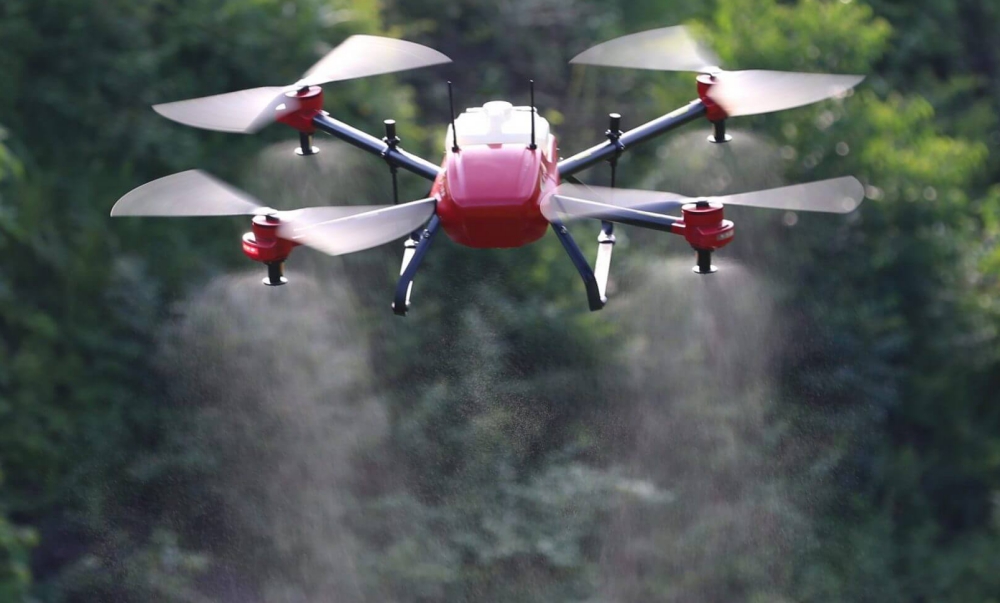Custom applicators and farmers looking to use drones to apply herbicides to crops in Canada are still in a holding pattern.
Operator licensing and certification is now available from Transport Canada, but Pest Management Regulatory Agency (PMRA) requirements continue to ground herbicide application from unmanned aerial vehicles (UAV), reports Don Campbell, owner and and founder of Elie, Man., based ROGA Drone.
Campbell told the Ontario Certified Crop Advisor (CCA) annual meeting earlier this month that the main hurdle is PMRA’s request to see application instructions for drones on the herbicide label. He’s actively working with ag chemical companies to run research trials to address PMRA requirements, but says it’s difficult to forecast when the agency’s concerns will be addressed, allowing drones to apply herbicides.
During the CCA meeting, Campbell also shared his insights on the advantages and disadvantages of UAVs compared to traditional application methods. A big benefit for Campbell is the ability to reduce compaction and the elimination of crop trampling by ground rigs, which can reduce yield up to four percent.
Campbell also likes the portability of UAV technology:
“You can throw a drone in the back of a pickup, drive to your site and launch right from the side of the field.”
He notes that manned aircrafts have their place as well, but growers need to have an airport or runway close to the field.
Another UAV advantage is the ability to navigate small or irregular-shaped fields.
“That’s where they really shine,” says Campbell. “You’re not going to go out and spray 5,000 acres a day with these things, but when it comes to smaller fields they are much more agile.”
Campbell likes the advances he is seeing in self-loading systems that reduce chemical exposure risk for applicators. He also touts the advantage of being able to night spray with drones. Operators have to be mindful of inversions, but the ability to cover fields without having to fly in daytime Prairie winds is a significant benefit.
There are drawbacks, however, especially when it comes to size. Transport Canada sets maximum UAV take-off weight at 25 kg. Many manufacturers now target a 15-kg drone with a 10-kg payload. At that size, it’s difficult for drones to cover large acreages. When it comes to coverage speed, Campbell admits it’s tough for drones to compete with manned aircrafts, but more innovation is coming — he recently saw a fixed-wing hybrid drone capable of spray speeds of up to 100 km per hour. He also notes that new swarming regulations, passed last summer, now allow operators to fly up to five drones simultaneously.
Campbell is also impressed with the spray accuracy of drones he’s worked with as well as the productivity. Typically he sees drones with productivity rates of 85 percent — 15 percent of time is required for refill and other downtime.
Source: realagriculture

